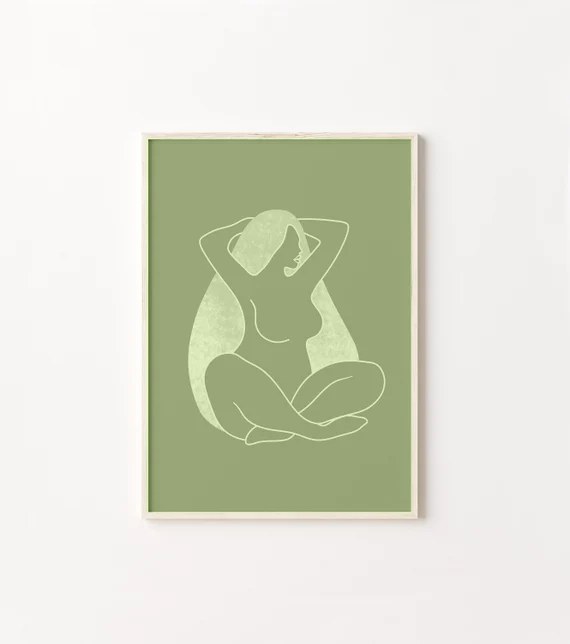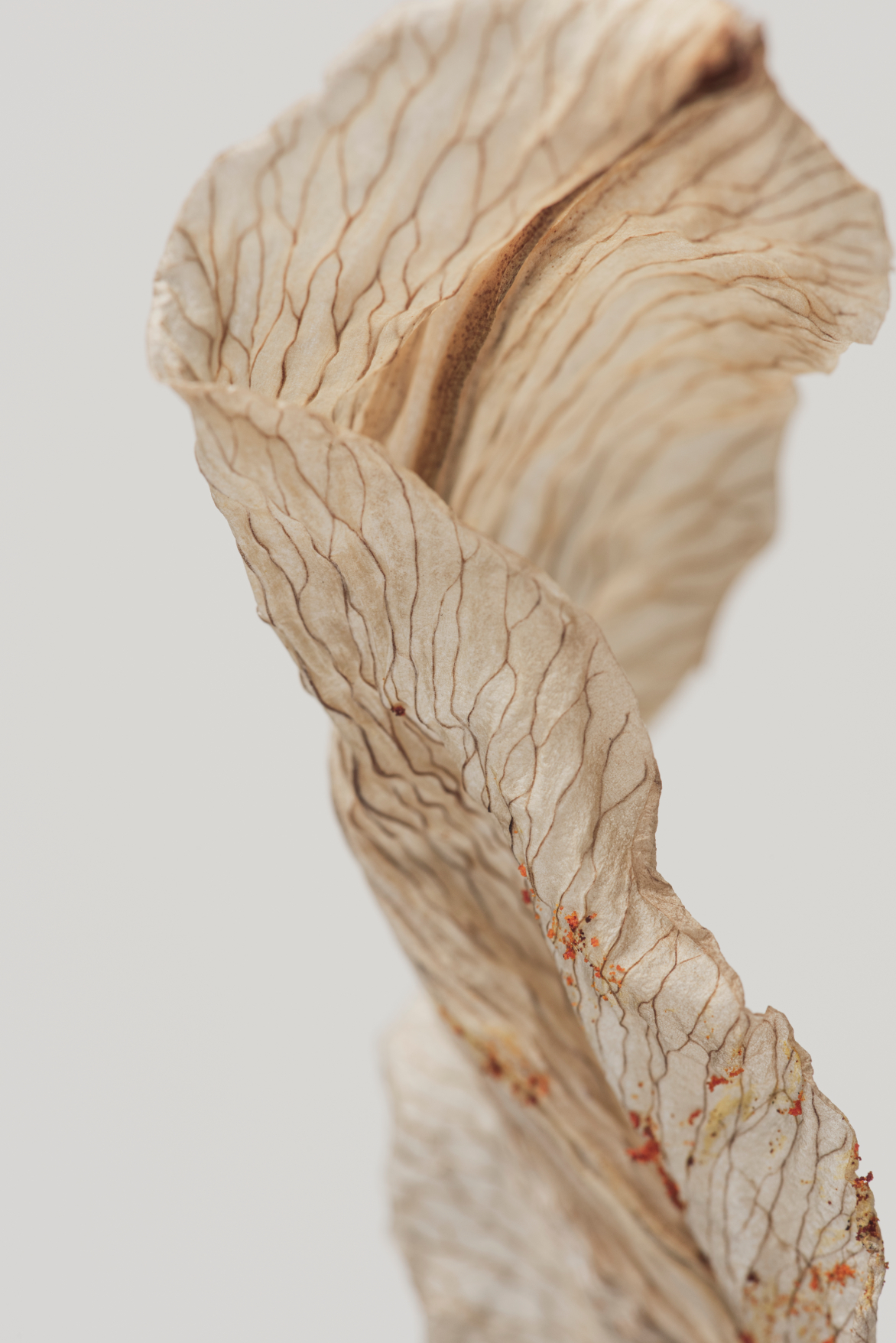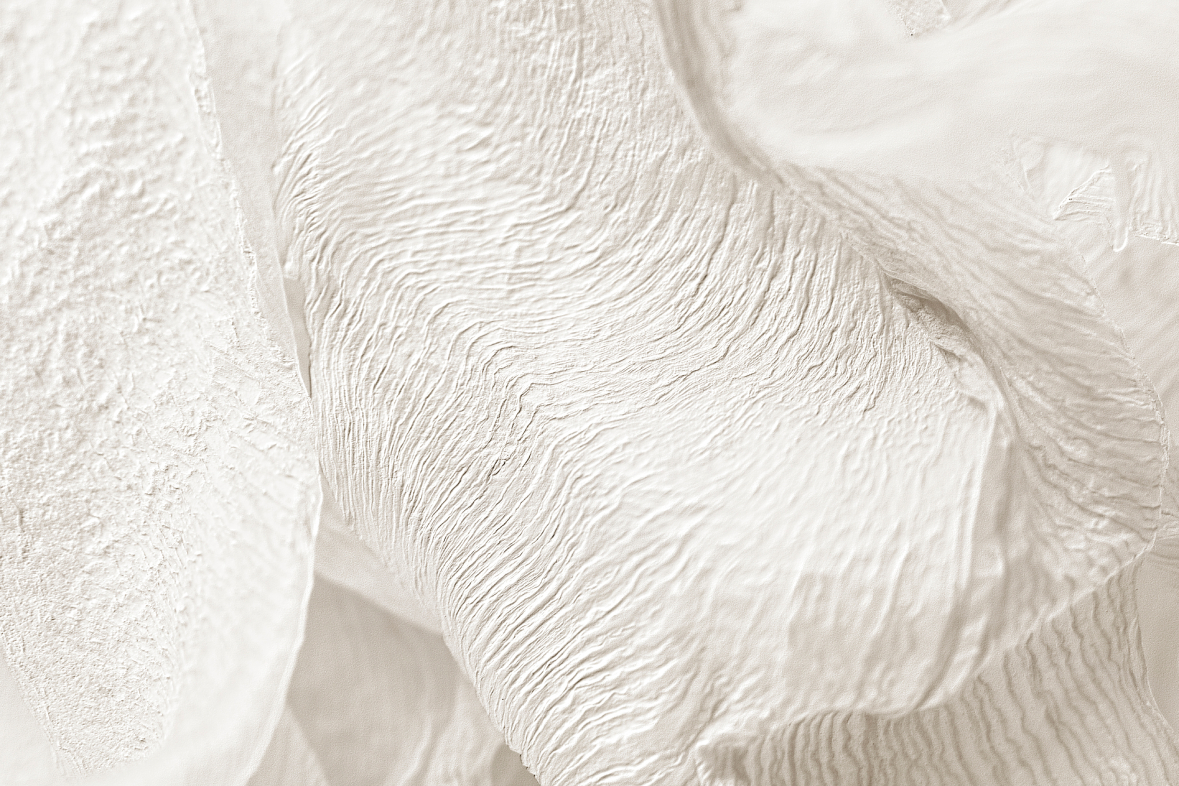AUNTIE FLOW
Services

Acupuncture
read more
Acupuncture is a form of therapy that involves inserting very thin needles into the body. Practitioners insert needles at different locations and depths to treat different health issues. Acupuncture points lie along the meridians and are the holes that allow entry into the meridians. Meridians are the pathways through which the energy flows throughout the body. The acupuncture points provide gateways to influence, redirect, increase, or decrease the body’s vital substances, qi (energy) & blood, thus correcting many of the body’s imbalances.
Never underestimate the power of a prick. With acupuncture you will sleep better, improve digestion, decrease anxiety, alleviate stress, relieve menstrual cramps, get rid of headaches, ease muscle pain, endocrine support, and so much more…

Cupping
read more
Cupping is one of the best deep-tissue therapies available. It is thought to affect tissues up to four inches deep from the external skin. Glass cups are used that are safely applied to the skin utilizing heat to remove the oxygen from the cups, which then creates suction. Depending on the area and problem, cups can be left stationary or a combination of sliding cupping on the muscles before leaving the cups stationary. Cupping can release toxins in the body and bring blood to the skin’s surface, which can create temporary markings up to one week.

Moxabustion
read more
Moxabustion (Moxa) is from the Mugwort plant. Leaves are dried and ground into sticks or cones called moxa (similar to incense), which are then lit and used to warm points on your body.

Herbal Medicine
read more
Chinese herbs are an important component of holistic therapy. Chinese herbal medicines are natural and mainly plant based, but some preparations include minerals or animal products. Herbal medicine can enhance your acupuncture treatment. For those clients who do not want to receive acupuncture, herbal medicine can be a good alternative.

Gua Sha
read more
Gua Sha comes from the Chinese word for scraping. It sounds terrible, however it is the smooth edge of a tool (the size of a credit card) that is placed against the oiled skin’s surface. The practitioner presses down firmly, and then moves down the muscles, or along the pathway of the acupuncture meridians. This action causes “Sha” or petechiae, which appear as little red or purple spots.

Tuina
read more
Tuina is a combination of hand and arm techniques to massage and realign the recipient's muscles, bones, ligaments, and tendons. These techniques can include kneading, pressing, rolling, shaking, and stretching. Similar to acupuncture, the practitioner stimulates pressure points in the recipient's body.

Acupuncture
read more
Acupuncture is a form of therapy that involves inserting very thin needles into the body. Practitioners insert needles at different locations and depths to treat different health issues. Acupuncture points lie along the meridians and are the holes that allow entry into the meridians. Meridians are the pathways through which the energy flows throughout the body. The acupuncture points provide gateways to influence, redirect, increase, or decrease the body’s vital substances, qi (energy) & blood, thus correcting many of the body’s imbalances.
Never underestimate the power of a prick. With acupuncture you will sleep better, improve digestion, decrease anxiety, alleviate stress, relieve menstrual cramps, get rid of headaches, ease muscle pain, endocrine support, and so much more…

Herbal Medicine
read more
Chinese herbs are an important component of holistic therapy. Chinese herbal medicines are natural and mainly plant based, but some preparations include minerals or animal products. Herbal medicine can enhance your acupuncture treatment. For those clients who do not want to receive acupuncture, herbal medicine can be a good alternative.

Cupping
read more
Cupping is one of the best deep-tissue therapies available. It is thought to affect tissues up to four inches deep from the external skin. Glass cups are used that are safely applied to the skin utilizing heat to remove the oxygen from the cups, which then creates suction. Depending on the area and problem, cups can be left stationary or a combination of sliding cupping on the muscles before leaving the cups stationary. Cupping can release toxins in the body and bring blood to the skin’s surface, which can create temporary markings up to one week.

Gua Sha
read more
Gua Sha comes from the Chinese word for scraping. It sounds terrible, however it is the smooth edge of a tool (the size of a credit card) that is placed against the oiled skin’s surface. The practitioner presses down firmly, and then moves down the muscles, or along the pathway of the acupuncture meridians. This action causes “Sha” or petechiae, which appear as little red or purple spots.

Moxabustion
read more
Moxabustion (Moxa) is from the Mugwort plant. Leaves are dried and ground into sticks or cones called moxa (similar to incense), which are then lit and used to warm points on your body.

Tuina
read more
Tuina is a combination of hand and arm techniques to massage and realign the recipient's muscles, bones, ligaments, and tendons. These techniques can include kneading, pressing, rolling, shaking, and stretching. Similar to acupuncture, the practitioner stimulates pressure points in the recipient's body.
